Resources
S
U
B
S
C
R
I
B
E
Reports

Researchers from Breakthrough Energy, Flightkeys, and Imperial College London demonstrate that navigational contrail avoidance requires minimal cost and fuel burn penalties to yield notable reductions in contrail climate impact.
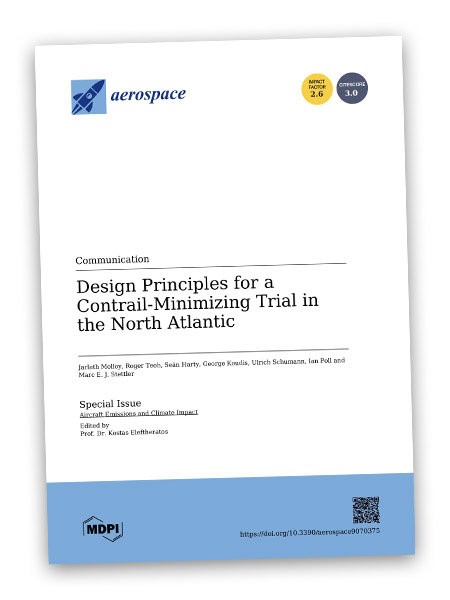
Researchers put together a blueprint to end warming contrails. “This paper…provides a stepping stone for policymakers, industry leaders, and other stakeholders with an interest in reducing aviation’s total climate impact, to understand how a large-scale warming-contrail-minimizing trial could work.”
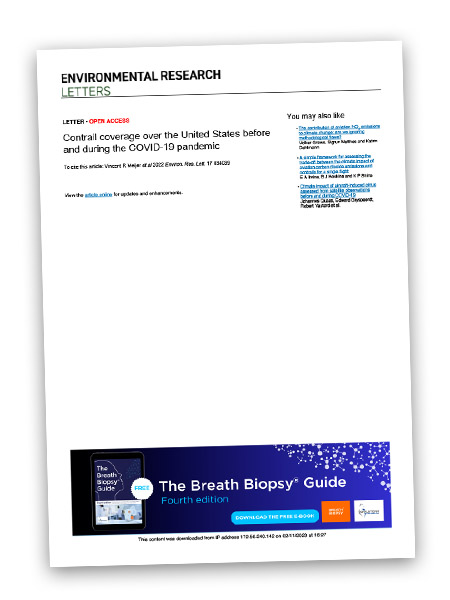
Researchers at MIT analyze over 100,000 satellite images from NASA’s GOES-16 geostationary satellite to map contrails over a large continental scale. This kind of technology can help divert planes to prevent contrails, in real time.
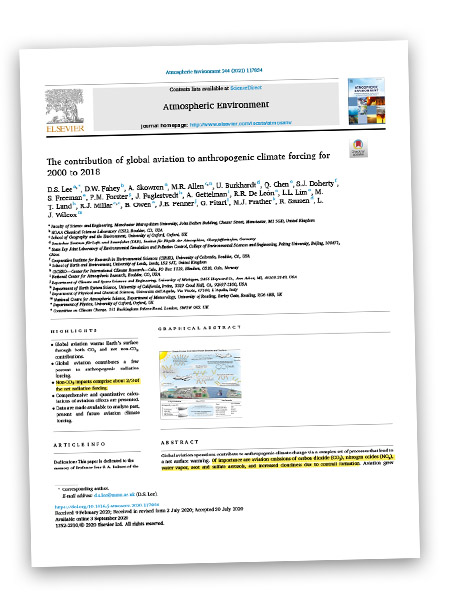
Researchers from across the globe collaborated on this study. They conclude contrails have the largest warming radiative effect compared to CO2 and NOx emissions from aircraft. They suggest we can only halt global warming if we end non-CO2 emissions (contrails).

Researchers share a strategy for use of available Sustainable Aviation Fuels (SAFs) where high blends of SAFs are utilized on a targeted number of flights to prevent the worst warming contrails from happening.
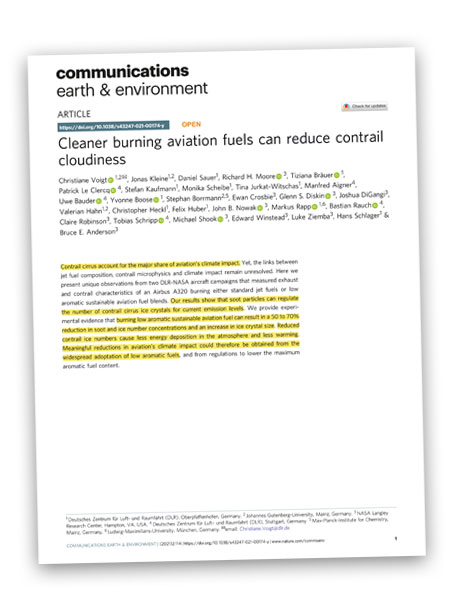
Researchers from NASA and German Aerospace Center (DLR) summarizes their findings of using a blend of jet fuel and sustainable aviation fuels (SAFs). Flying with SAF blends at cruising altitudes results in a 50% to 70% reduction in soot and ice number concentrations. This could translate to 50 to 70% less warming contrails by flying with SAFs.
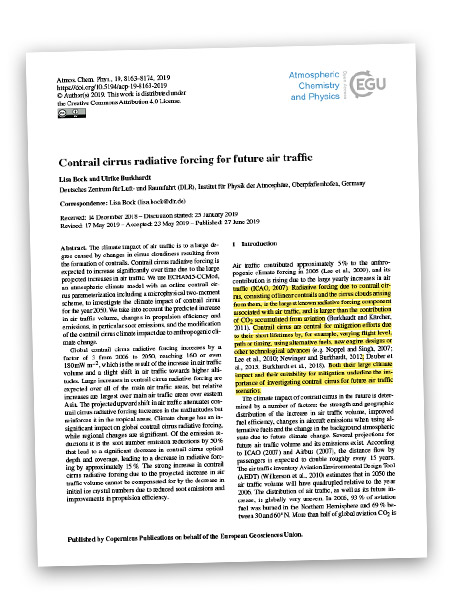
Researchers from DLR use an atmospheric climate model to predict that warming caused by contrails will increase faster in the future than warming due to CO2 emissions. Researchers suggest contrails and CO2 emissions must both be mitigated to fully address aviation’s climate impact.
Watch Industry Leaders
Check out these videos to see what these companies and industry leaders are doing to mitigate the climate impacts of contrails.
